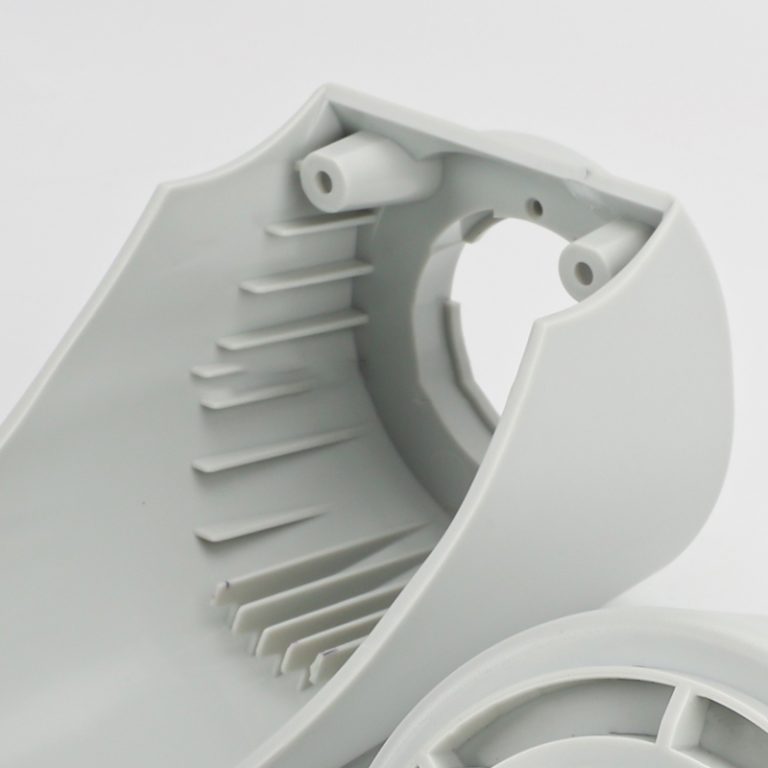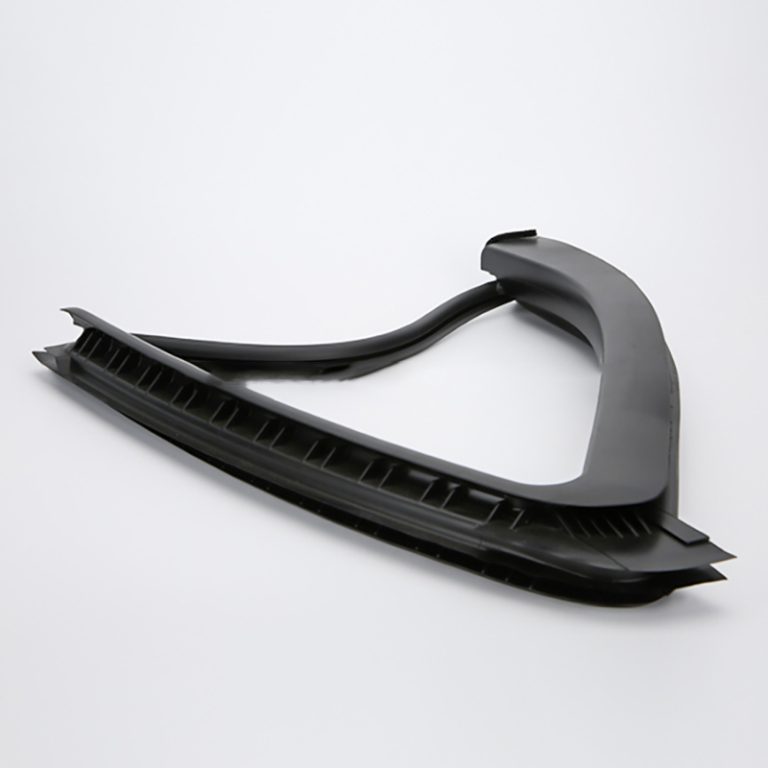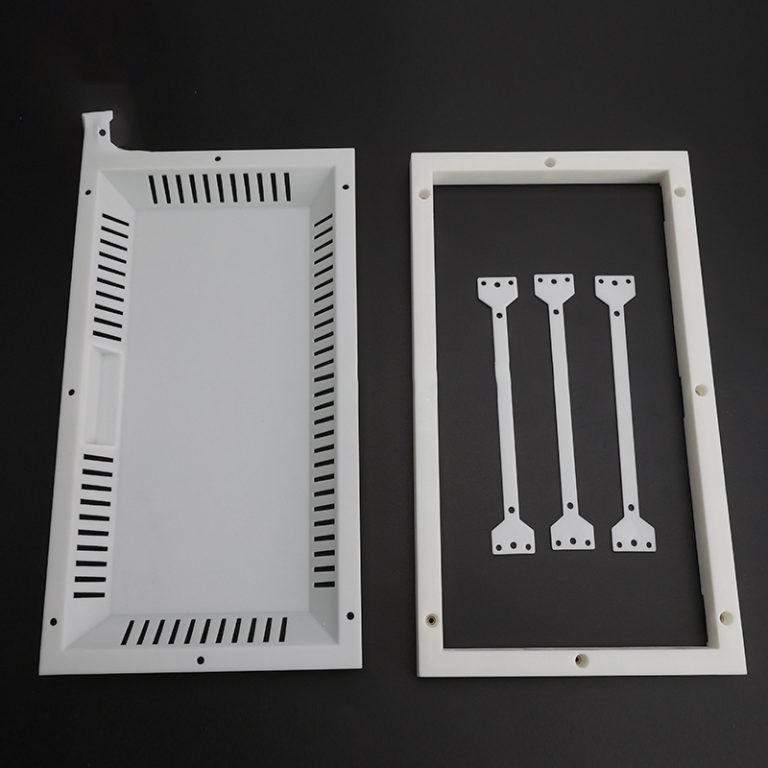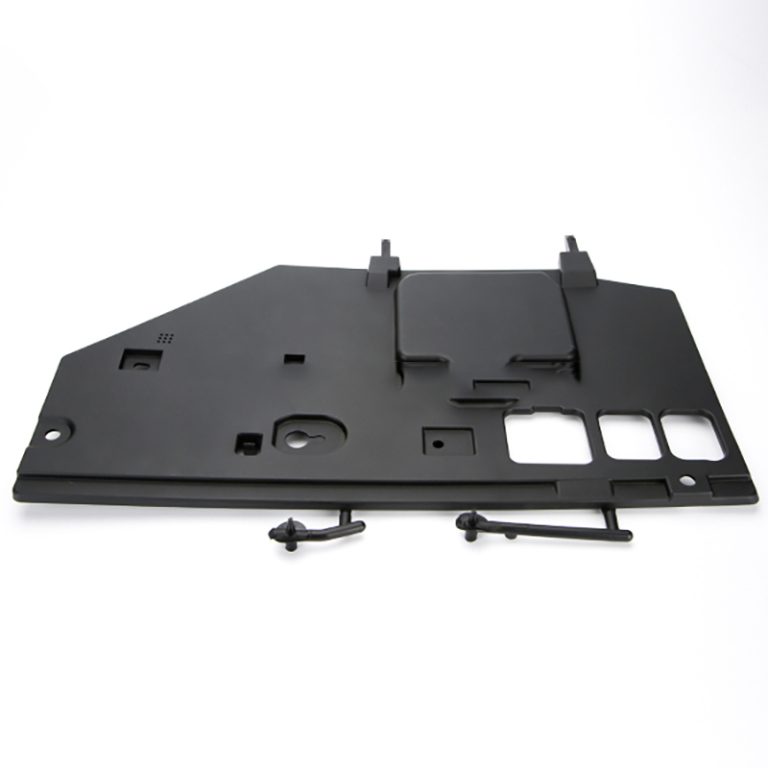Understanding the Impact of Mold on Plastic Injection Molding Processes

Understanding the Impact of Mold on Plastic Injection Molding Processes
Plastic injection molding is a widely used manufacturing process that involves injecting molten plastic into a mold cavity. The mold plays a crucial role in this process, as it determines the final shape and quality of the plastic part. Therefore, understanding the impact of mold on plastic injection molding processes is essential for achieving optimal results.
Firstly, the design of the mold is of utmost importance. A well-designed mold ensures that the plastic material flows smoothly and evenly into the mold cavity, resulting in a high-quality finished product. The mold should be designed to minimize any potential defects, such as warping, sink marks, or flash. These defects can occur if the mold is not properly designed to accommodate the specific characteristics of the plastic material being used.

Another important factor to consider is the material used to make the mold. The mold material should be able to withstand the high temperatures and pressures involved in the injection molding process. Common mold materials include steel and aluminum, each with its own advantages and disadvantages. Steel molds are more durable and can withstand higher temperatures and pressures, but they are also more expensive. On the other hand, aluminum molds are less expensive and have better heat transfer properties, but they are not as durable as steel molds.
The surface finish of the mold is also critical. A smooth and polished mold surface helps to achieve a high-quality surface finish on the plastic part. Any imperfections or roughness on the mold surface can transfer to the plastic part, resulting in a poor surface finish. Therefore, the mold should be properly finished and maintained to ensure consistent and high-quality results.
Furthermore, the cooling system of the mold is crucial for the overall efficiency of the injection molding process. The cooling system helps to solidify the molten plastic material quickly, allowing for faster cycle times and increased productivity. Proper cooling channels should be designed within the mold to ensure uniform cooling and prevent any potential defects, such as warping or shrinkage. The cooling system should be optimized to achieve the desired cooling rate for the specific plastic material being used.
| Product Name | colour |
| Plastic injection molding parts | OEM/ODM |
In addition to the design and material of the mold, the maintenance and care of the mold are also essential. Regular cleaning and maintenance of the mold can help to prevent any buildup of contaminants or debris, which can affect the quality of the plastic part. Any wear or damage to the mold should be repaired promptly to avoid any potential defects or production delays.
In conclusion, the mold plays a critical role in plastic injection molding processes. The design, material, surface finish, cooling system, and maintenance of the mold all have a significant impact on the final quality of the plastic part. Understanding and optimizing these factors are essential for achieving optimal results in plastic injection molding. By investing in a well-designed mold, using the appropriate mold material, maintaining a smooth surface finish, optimizing the cooling system, and regularly maintaining the mold, manufacturers can ensure consistent and high-quality production of plastic parts.






